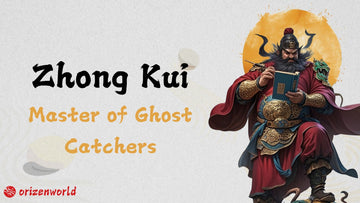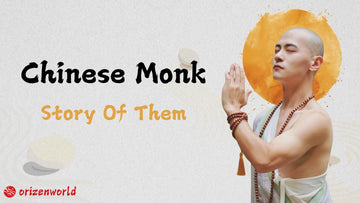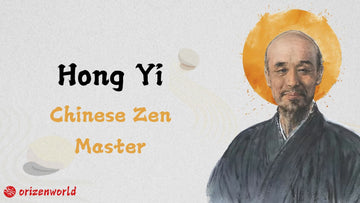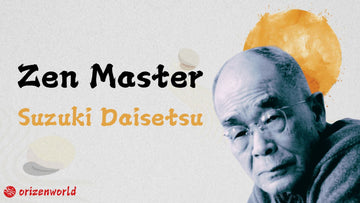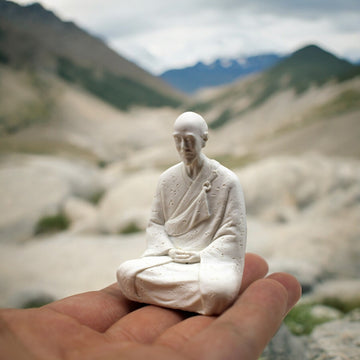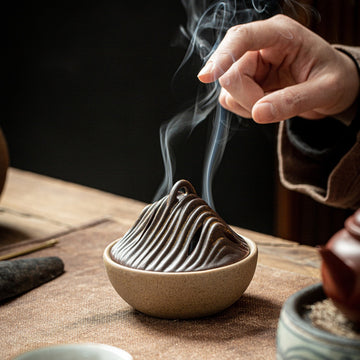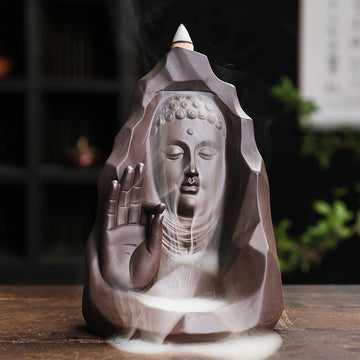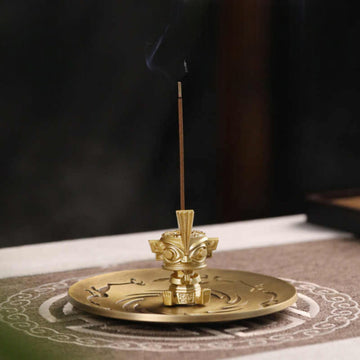If you’ve ever watched a traditional Chinese ghost film, you might have noticed a common scene: when faced with a terrifying ghost, people call on a mysterious figure—Zhong Kui. This legendary figure, often referred to as the "Master of Ghost Catching," is deeply rooted in Chinese folklore and revered as a powerful exorcist.
In Western culture, Zhong Kui could be compared to an exorcist or demon slayer, a protector against malevolent spirits. His story is one of bravery, justice, and redemption, making him a significant symbol in Chinese traditions.
Curious about this legendary figure? In today’s article, we’ll uncover the fascinating tale of Zhong Kui and his role in Chinese mythology.
Zhong Kui was said to be a brilliant scholar, famed for his exceptional intelligence and talent. During an imperial examination in Chang’an (modern-day Xi’an), he achieved the top score, earning the title of “Zhuangyuan” (scholar champion). However, his appearance was deemed too unsightly by the examiners, and his ranking was unjustly stripped.
Enraged by the unfair treatment, Zhong Kui committed suicide by smashing his head against a pillar. His righteous spirit, however, caught the attention of celestial beings, who granted him the title of a minor deity after his death, making him a protector against evil spirits.

Following his death, Zhong Kui’s story intertwines with that of Emperor Tang Xuanzong. According to legend, the emperor once fell ill due to haunting spirits. In a dream, Zhong Kui appeared, catching and subduing the ghosts that tormented him. When the emperor awoke, he commissioned an artist to paint “Zhong Kui Catching Ghosts,” a famous depiction that solidified Zhong Kui’s role as a divine ghost catcher.
Zhong Kui was officially appointed by the emperor as the “Blessing and Household Guardian Saint” (赐福镇宅圣君). His duty became to ward off evil spirits, protect the innocent, and maintain balance in the human world.
Zhong Kui’s legend reflects themes of justice and redemption, where his tragic fate transforms into a legacy of courage and protection. His image and story continue to be symbols of righteousness, celebrated through paintings, sculptures, and Chinese cultural traditions.
Today, Zhong Kui is not just a character of folklore but a representation of moral strength and the triumph of justice over wrongdoing, revered in temples and households alike.
Zhong Kui is famously known as a protector against evil spirits and demons in Chinese mythology. According to legend, he serves as one of the four chief judges of the underworld, overseeing the Department of Punishment (罚恶司). His primary role is to capture, punish, and banish malicious ghosts, ensuring justice is upheld in both the human and spiritual realms. Zhong Kui's role highlights his unparalleled authority and fearsome reputation in managing the chaotic elements of the underworld.
Zhong Kui is also deeply associated with justice and righteousness, embodying the triumph of good over evil. His duties include sending malevolent spirits to the various levels of hell, where they are judged and punished according to their misdeeds. Particularly cruel or wicked spirits might be personally consumed by Zhong Kui, as he is said to have a fiery temper that spares no mercy for those who commit heinous acts. His fearsome yet fair demeanor serves as a reminder of the moral consequences of one’s actions.
In art and folklore, Zhong Kui is often depicted as a burly man with a fierce appearance, characterized by a leopard-like head, bulging eyes, and a bushy black beard. His attire varies, but he is commonly shown in a red robe, wearing a black hat, and wielding a sword or fan to subdue ghosts. Some depictions also portray him stepping on evil spirits or reading books, emphasizing his scholarly background and divine authority.
Zhong Kui’s image remains a powerful symbol of protection, justice, and the fight against evil, celebrated in Chinese paintings, operas, and traditional stories that continue to inspire reverence for his character.
Zhong Kui is a powerful symbol of protection and good fortune in Chinese culture. Renowned as a deity who subdues evil spirits and drives away misfortune, he represents justice and courage. His fierce image is believed to ward off negativity, encouraging people to face life’s challenges with resilience and uphold moral values. Zhong Kui’s presence is a reminder of the triumph of righteousness over evil forces.
The practice of worshipping Zhong Kui is deeply rooted in tradition. One common custom is hanging his portrait in homes, particularly during festivals like the Lunar New Year. His paintings, often displayed in living rooms or doorways, are believed to ward off malicious spirits, protect the household, and invite prosperity. This tradition has been practiced since the Tang Dynasty, where Zhong Kui’s image served as a guardian against the mythical "Nian" beast.

Zhong Kui also embodies the role of a wealth deity, often referred to as the “Literary God of Wealth.” Placing his statues or hanging his image in homes or businesses is believed to attract financial success and harmonious energy. Many people seek his blessings for both protection and prosperity, making him a popular figure in feng shui practices. His powerful presence is thought to bring about a sense of security and growth, making his statues highly sought after for those looking to enhance their financial standing and overall well-being.
During festivals, rituals such as offerings and prayers are conducted to honor Zhong Kui. These acts symbolize gratitude for his protection and a wish for continued blessings. His role as a guardian is celebrated through art, storytelling, and cultural performances.
The worship of Zhong Kui reflects the deep cultural values of courage, justice, and resilience. His enduring legacy in Chinese tradition ensures his relevance as a figure of protection, fortune, and moral guidance across generations.
Zhong Kui, traditionally known as the "Demon Queller," holds a prominent place in Chinese culture, with his image often appearing in opera, literature, and modern media.
He is frequently depicted as a fierce and powerful figure in classic Chinese operas and period dramas, such as Journey to the West (西游记), where his role as a protector and vanquisher of evil is highlighted. Zhong Kui's portrayal in these stories emphasizes his courage, wisdom, and his ability to defeat malicious spirits and demons, embodying the ultimate symbol of justice and righteousness.
In modern media, Zhong Kui’s image continues to resonate, appearing in films, television series, and even video games, where he is often shown battling dark forces or protecting the innocent. These portrayals allow him to adapt to contemporary narratives while maintaining his traditional associations with power and authority.
His reverence in households and temples remains strong, particularly in Daoist practices. As the “True Lord of Exorcism,” Zhong Kui is often worshipped in Daoist temples, where statues and images of him are placed to protect the faithful from evil spirits and misfortune. Many tourists and worshippers visit these temples to seek his blessings for protection, prosperity, and harmony in their lives. His continued presence in both religious and cultural settings underscores the lasting significance of his figure in Chinese tradition and belief systems.
Zhong Kui's influence extends beyond China, reaching other Asian countries where he is embraced as a symbol of protection and prosperity. In Japan, his image evolved to include the power of attracting wealth, becoming a deity associated with financial success.

The Zhong Kui Shrine in Agachou, Higashikawara District, Niigata Prefecture, Japan, is a testament to his enduring presence, and his role as a "wealth deity" has been embraced by the local population. In Japanese folklore, Zhong Kui's cultural impact blends with the country's rich tradition of yōkai (supernatural creatures), adding to the diversity of their mythological heritage.
During the Lunar New Year celebrations, it is common to display Zhong Kui as a good-luck charm, symbolizing the expulsion of evil spirits and the welcoming of positive energy. His protective role resonates deeply in Korea and Vietnam as well, where his image is used for safeguarding homes and businesses.
Zhong Kui’s widespread reverence across various cultures highlights his adaptability and enduring significance in East and Southeast Asia, representing a shared cultural connection to protection, fortune, and well-being.

